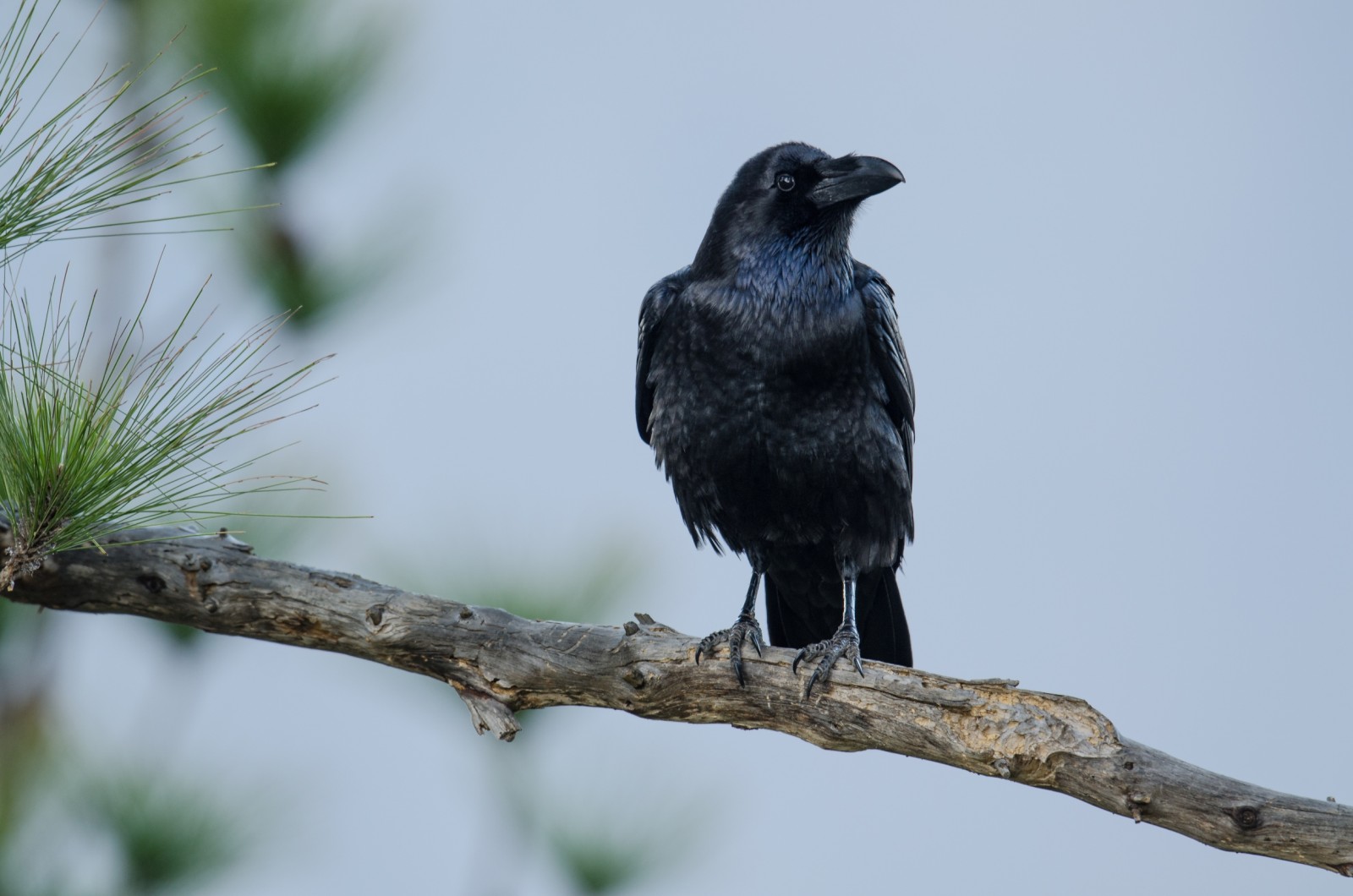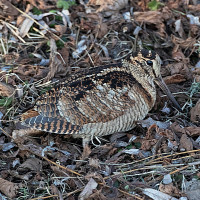Description
Between 1948 - 1996 a British ammunition depot was situated on this location and stored about 50.000 tons of ammunition. The area is located on the western side of the city of Brüggen and has a total of six entrances. The depot is completely fenced to retain the population of wild animals, like Fallow Deer and Wild Boar. The area consists of a semi-open landscape of (mainly) pine forests and heathland areas and still contains the remnants of the old depot, like buildings, watchtowers and bunkers.
The heathland area contains scattered trees and bushes and is a very good location for typical heathland species, like European Stonechat and Wood Lark. It has a fairly good population of Eurasian Nightjar, which can be seen and heard in especially late spring. Other species that can be found on these heathland areas are Yellowhammer, Tree Pipit and sometimes Whinchat. Some parts of the depot are especially good for Great Grey Shrike in winter.
The (mainly) pine forests are an ideal breeding habitat for many species of common songbird, like Common Redstart, Short-toed Treecreeper and Willow Warbler. Other breeding species are Crested Tit, Coal Tit , Marsh Tit and Willow Tit. Many woodpeckers can be found in the area and all five species are present: Great Spotted Woodpecker, Middle Spotted Woodpecker, Lesser Spotted Woodpecker, Eurasian Green Woodpecker and Black Woodpecker. In the evening, courtship flights of Eurasian Woodcock can be seen along the edges of the forest. In winter, the area is home to a variety of wintering birds, like large flocks of finches and tits. Within these flocks, smaller numbers of Goldcrest and Firecrest can be present.
Predatory birds can often be seen flying over the area, like the common Common Buzzard and Eurasian Kestrel, but also scarcer species like European Honey-buzzard and Red Kite. Small numbers of Common Raven can also be seen flying low above the forests.
Details
Access
The area is accessable on foot and by bike. The area has a total of six entrances and there are many tracks in the area, differing in length between several to about 20 kilometers. The best entrance to the park is shown on the map (see P) and can be reached by parking the car in the Netherlands and crossing the border. There are several other trails possible, but this map shows one of the many possibilities.


